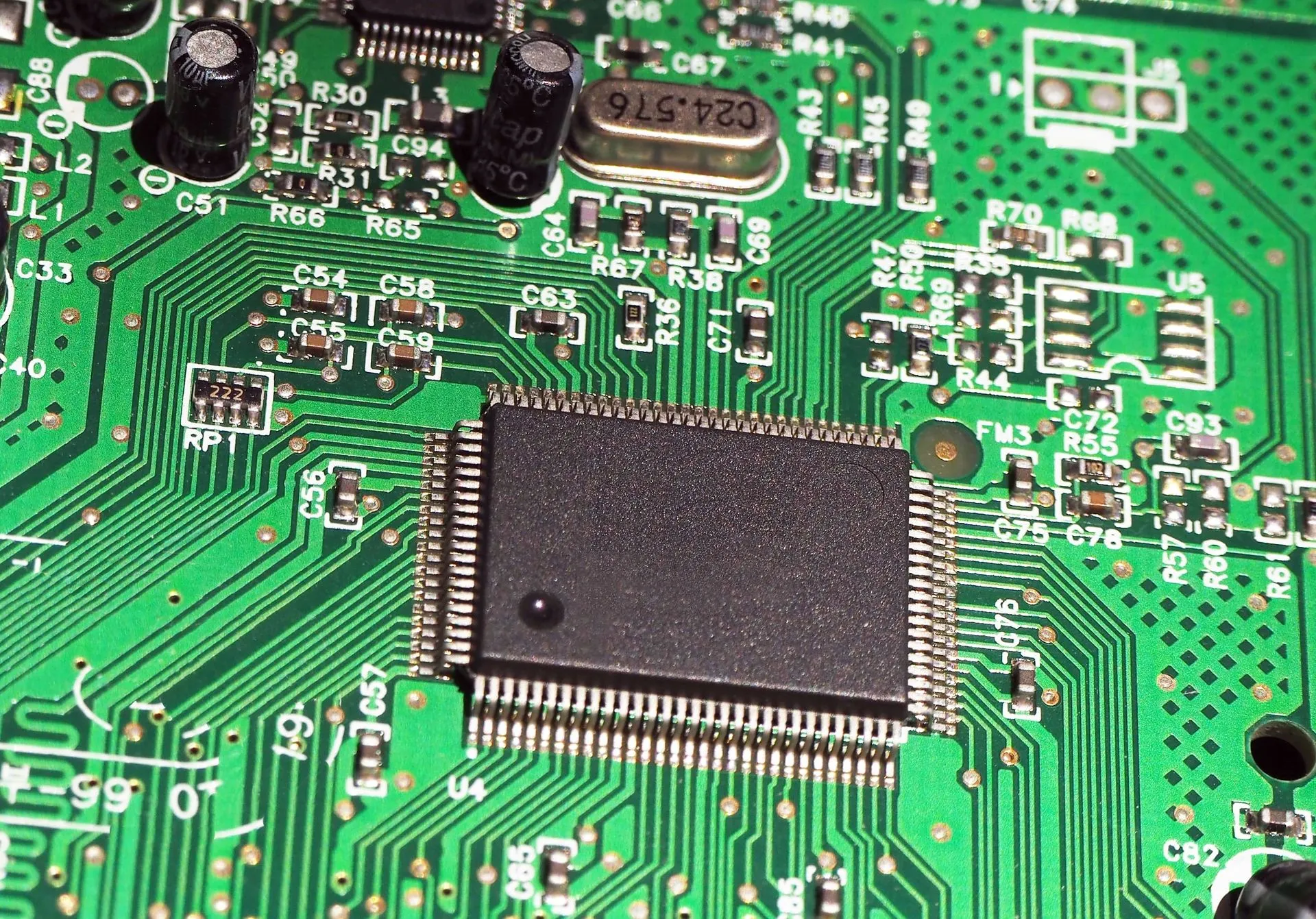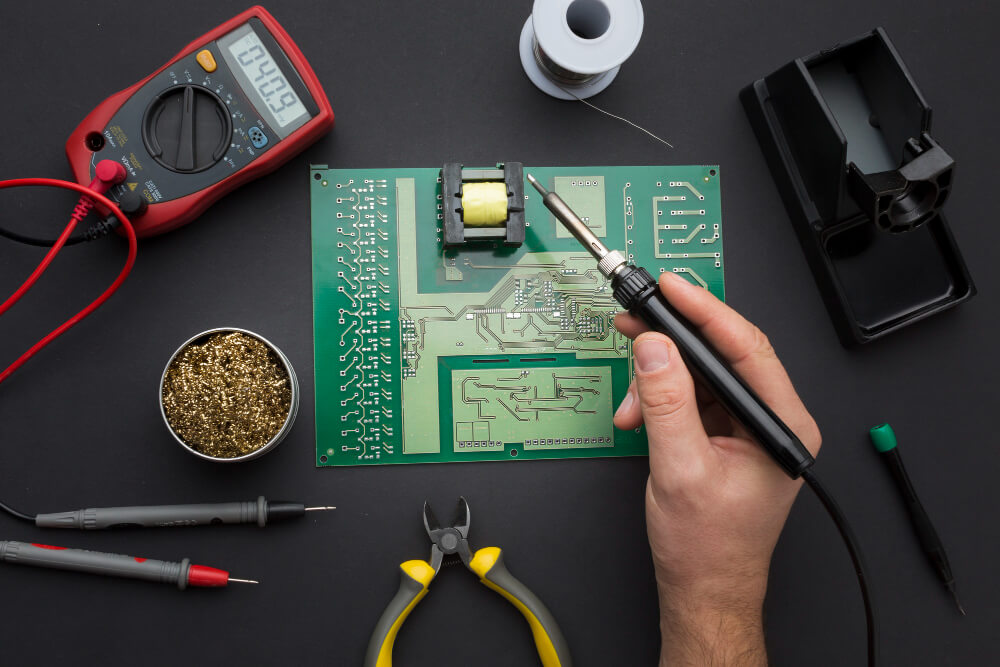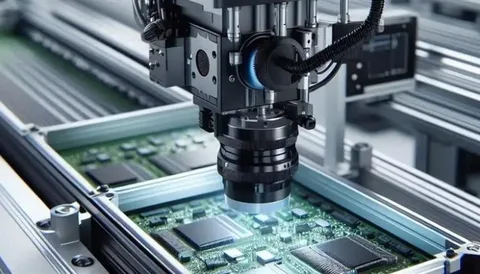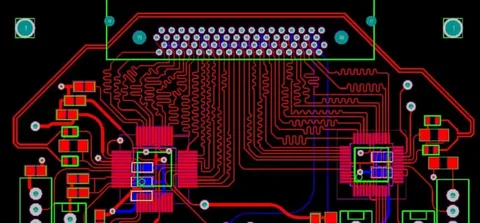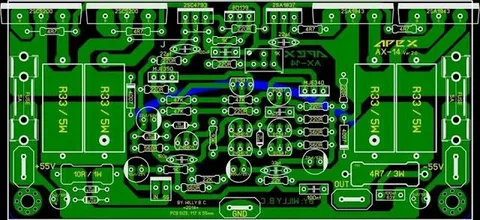Printed Circuit Boards (PCBs) are essential components in nearly all electronic devices. One critical yet often overlooked aspect of PCB design is PCB thickness. The thickness of a PCB influences its mechanical durability, electrical performance, and suitability for specific applications. Whether designing a simple single-layer PCB or a complex multilayer board, understanding the different thickness options and factors that influence them is crucial for achieving optimal performance.
In this guide, we will explore the standard PCB thickness, the factors affecting thickness selection, common industry applications, and how to choose the right thickness for your project.
What is PCB Thickness?
PCB thickness refers to the overall height of the printed circuit board, including its substrate, copper layers, solder mask, and other components. Standard PCB thickness typically ranges from 0.2mm (0.007 inches) to 6.3mm (0.250 inches), with the most common thickness being 1.57mm (0.062 inches). However, custom designs may require variations depending on application needs.
Common PCB Thickness Options
- 0.78mm (0.031 inches): Used for compact electronic applications.
- 1.57mm (0.062 inches): Industry standard for general electronics.
- 2.36mm (0.093 inches): Suitable for boards requiring extra durability.
- 3.18mm (0.125 inches): Used for specialized industrial applications.
Understanding the right PCB thickness for a given project is essential for ensuring longevity, reliability, and performance.
Factors Influencing PCB Thickness
Several factors determine the optimal thickness of a PCB, including design requirements, material selection, and environmental considerations.
Number of Layers
Multilayer PCBs require additional layers of copper and insulating materials, increasing the overall thickness. A standard two-layer PCB might be 1.57mm, while a six-layer PCB could be 2.36mm or more, depending on the material stack-up.
Material Composition
The type of material used in PCB manufacturing significantly affects its thickness. Common materials include:
- FR4 (Fiberglass Epoxy Resin): Most commonly used; offers rigidity and electrical insulation.
- Aluminum PCB: Used for heat dissipation, often thicker than FR4 boards.
- Flexible PCBs: Made from polyimide materials, typically thinner than rigid PCBs.
Copper Thickness
Copper layers are essential for electrical conductivity. Standard copper thickness options include 1oz (35μm), 2oz (70μm), and 3oz (105μm). Higher copper weight increases the board’s thickness and improves current-carrying capacity.
Application Requirements
Different applications require varying PCB thickness levels:
- Consumer Electronics: Standard 1.57mm thickness is common in smartphones, tablets, and laptops.
- Automotive & Aerospace: Requires thicker PCBs for added durability and heat resistance.
- Medical Devices: May use ultra-thin or flexible PCBs for compact and ergonomic designs.
Signal Integrity & Performance
PCB thickness affects signal integrity, particularly in high-frequency applications. Thinner boards with carefully designed trace layouts help maintain impedance control and reduce signal loss.
Manufacturing Constraints & Costs
Producing non-standard thickness PCBs can increase manufacturing complexity and cost. Standard thickness options are more cost-effective and widely supported by PCB manufacturers.
How to Choose the Right PCB Thickness
Selecting the right PCB thickness is crucial for achieving a balance between performance, durability, and cost-efficiency. Here are key considerations when choosing PCB thickness:
Determine Electrical Requirements
Consider factors such as current-carrying capacity, impedance matching, and high-frequency performance. Higher copper thickness is required for power applications.
Assess Mechanical Strength
If the PCB will be exposed to mechanical stress or vibrations, a thicker board enhances durability. However, for flexible applications, thinner materials may be necessary.
Check Component Compatibility
Ensure that the PCB thickness aligns with connector pin lengths, housing dimensions, and assembly requirements to avoid misalignment issues.
Evaluate Thermal Management Needs
For high-power applications, selecting a thicker PCB with proper heat dissipation layers (such as metal core PCBs) prevents overheating and enhances reliability.
Consider Manufacturing Constraints
Choosing a non-standard thickness may lead to increased production costs and lead times. Consulting with your PCB manufacturer during the design phase can help optimize production efficiency.
Impact of PCB Thickness on Performance
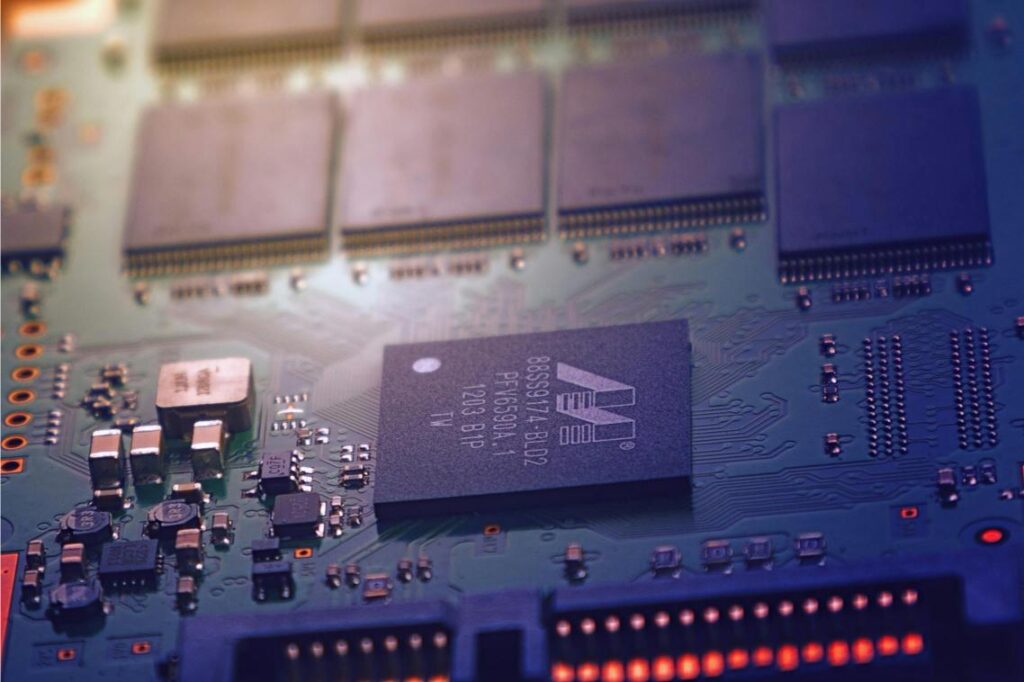
PCB thickness directly affects several performance aspects, including mechanical stability, electrical characteristics, and thermal management.
Mechanical Strength
- Thicker PCBs: More durable and resistant to bending or warping.
- Thinner PCBs: More flexible and lightweight, suitable for compact devices.
Electrical Performance
- Signal Integrity: Thinner boards with optimized trace layouts reduce signal loss.
- Impedance Control: Essential for high-speed and RF applications.
Heat Dissipation
- Thicker PCBs with Metal Cores: Better thermal management, essential for power electronics.
- Standard PCBs with Thermal Vias: Improve heat dissipation in high-power circuits.
Standard PCB Thickness in the Industry
The electronics industry follows standard PCB thickness guidelines to ensure compatibility with existing components and manufacturing processes.
| PCB Type | Standard Thickness |
| Single-layer PCB | 1.57mm (0.062″) |
| Double-layer PCB | 1.57mm (0.062″) |
| 4-layer PCB | 1.6mm – 2.4mm |
| 6-layer PCB | 2.36mm (0.093″) |
| 8-layer PCB | 3.18mm (0.125″) |
These industry standards provide guidance for most PCB designs, ensuring optimal functionality and manufacturability.
Conclusion
Choosing the right PCB thickness is essential for achieving the desired performance, durability, and cost-effectiveness in your electronic designs. Factors such as layer count, material composition, copper thickness, application requirements, and manufacturing constraints all influence the final selection.
By understanding these factors and consulting with an experienced PCB manufacturer, you can make informed decisions that enhance the functionality and longevity of your PCBs. Whether designing a standard 1.57mm board for general electronics or a specialized multilayer PCB for high-performance applications, careful planning ensures optimal results.
If you’re looking for expert PCB manufacturing solutions, partnering with a trusted supplier like Qual-Pro can ensure precision manufacturing and high-quality standards for your custom PCB needs.

